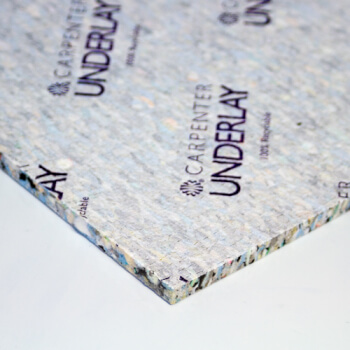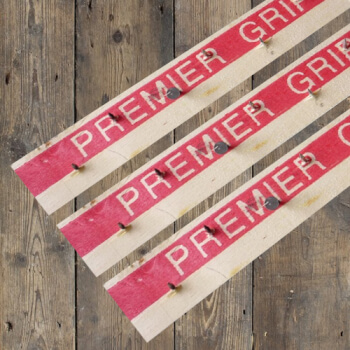The Evolution of Flooring
By Francesca Douglas - (16/08/2019)

One could say that, once upon a time, the floor you walked upon indicated your social status and wealth. For those Game of Thrones fans, you will no doubt have noticed the difference in costumes between the rich and poor – but did you look at the floor they walked on? Perhaps not, but you surely can’t have missed that meticulously hand painted map of Westeros that Cersei and Jamie spent so much time gazing down at; or, at the opposite end of the spectrum, the Dothraki’s canvas tents and mud-coated campsites.
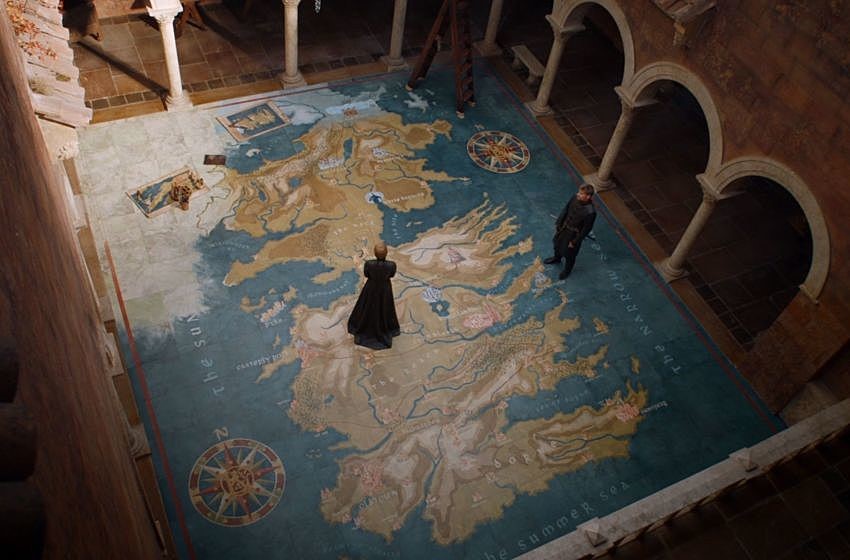
For centuries flooring has acted as somewhat of a hidden status symbol. Visit any ancient site in Rome or Venice and you will still to this day walk among the long-standing marble floors and pillars, often decorated with exquisite patterns and images. If you visit one of the ancient churches in Venice, you may not even appreciate the delicate art covering the floor until you head onto one of the balconies and look back down. The wealthy Roman’s also boasted the earliest examples of underfloor heating – something which even today we see as a luxury available only to the wealthy (or extremely handy and rare DIY experts among us!). This heating came from a fairly simple building technique; propping the tiles onto joists to leave a gap between the tiles and the foundations of the ground below. This gap was filled with a furnace and a vent, so that the heat from the furnace would be pulled across the gap to the vent – thus heating the tiles from below.
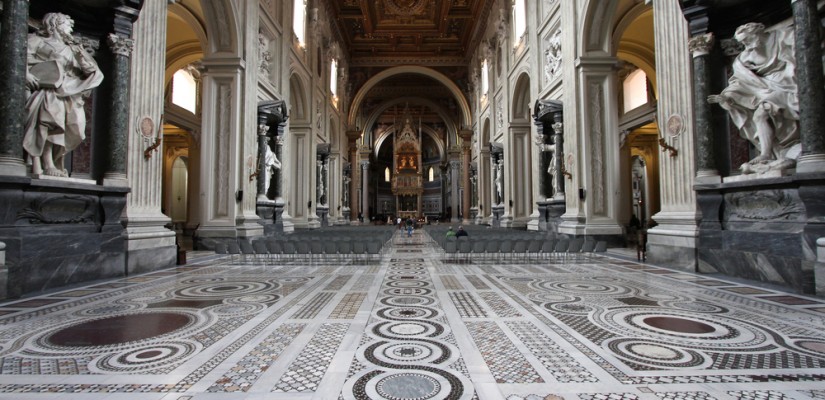
The fall of Rome largely saw the end of intricate artistic flooring, and after that it became really quite ordinary – stone blocks, traditionally woven carpets and rugs for too many years to count.
Then the 1940’s hit, and with them came linoleum.
We’ve all seen linoleum; probably in the home of a great grandparent or elderly friend of a friend’s cousin. Linoleum is durable, reliable, and easy to use – hence its popularity. The thin layers of flooring could be as plain or bold as you liked, and were often used to cover entire rooms with drastic colours and headache-inducing patterns. It’s little wonder why linoleum flooring in old houses is often one of the first things to go these days…
The 50’s was the decade of monochrome – think 50’s diner style and you’re pretty much there. This is a trend that is still quite popular today, with black and white tiling providing the staple to many bathrooms and modern kitchens. The 1960’s however took the opposite road, opting for splashes of colour, large rugs made in exotic places around the world, and an abundance of texture. The 60’s is where modern day carpet really started to come into its own…
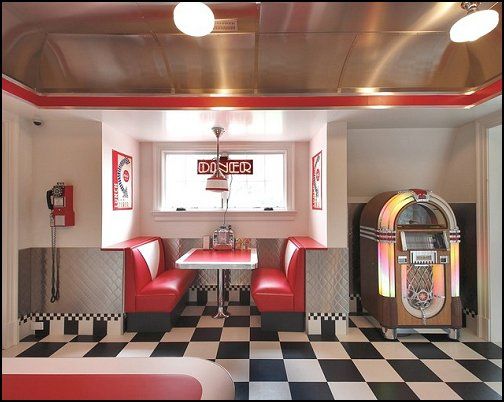
… Until the 1970’s. Carpet was everywhere, including bathrooms, and in some of the most obscure and frankly bizarre colours you could imagine. Avocado green was apparently a rather popular bathroom theme in the 1970’s, and even today in 2019, new house buyers are still uncovering these historic colour choices in old houses, as if they were ancient relics. Safe to say, not many new homeowners are keeping to their predecessors theming.
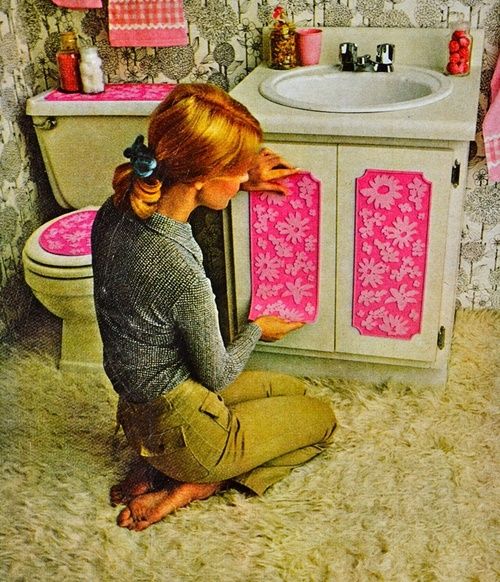
The 1980’s was all about vinyl – linoleum’s more sophisticated older brother. Vinyl is still popular today, though today we tend to see much more muted and natural designs compared to those seen in the 80’s, which consisted largely of floral patterns and faux marble effects. Carpet also took a turn for the strange in the 80’s, with homeowners using it to inject some fun into their houses. Looked upon now, those carpeted patterns are just quite stressful to look at.
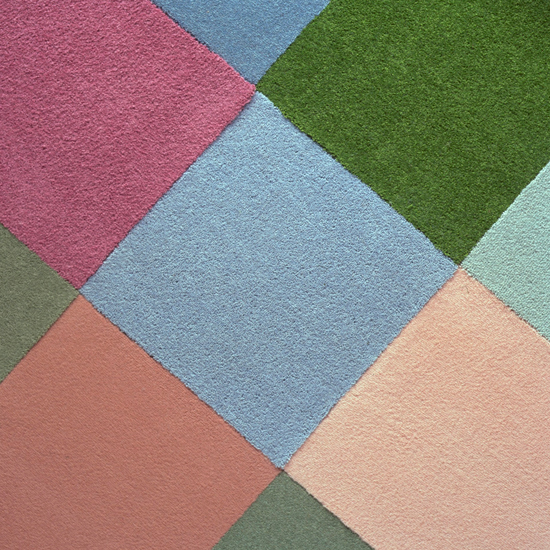
Hitting the 2000’s, the major shift the flooring world saw was actually somewhat of a step back. While a few years ago people were using vinyl, linoleum and carpet to cover their hardwood floor, now it is becoming increasingly popular to rip up the top coat and expose the rustic wooden underneath. The more rustic the better, in some cases, as it is easy to clean and never fails to look stylish. Stores are even making vinyl’s that resemble wooden planks today – and they look pretty good.
It’s also interesting to note that, while only 20 years ago we were all covering our houses wall to wall with carpet, many households today cover their floor only in part by a carpeted rug. Whether this is for comfort, style, or both, really depends on the buyer or homeowner. So much of our home seems to be for show these days that no one can say, but I know I wouldn’t want to sit on a hardwood floor without some cushioning, so maybe that’s the secret intention of these semi-carpeted rugs.
Taking all this into account and looking at the best options available today, we cannot argue that perhaps the biggest evolution in our flooring options today has been the humble carpet. Carpet made a return in the 90’s but was still thin, uncomfortable and hard to clean due to its bizarre texture – and yet people covered their homes with it. Though the quality of carpeting and its base material is entirely decided by your budget, even in the 21st century, it’s safe to say that the options have multiplied significantly. With luxurious wool options available at a premium, and more synthetic materials used for those on a budget, carpet has made a great return to the flooring industry and looks set to grow further as the designs become increasingly future-proof, cost-effective and relevant.
Enter your required size for our most accurate pricing and availability.








